UNC Asheville faculty organized an interdisciplinary symposium spanning nearly every department with almost 80 different events reflecting on Hurricane Helene.
“We’ve got retired faculty coming back to campus, we’ve got student involvement, we’ve got an alumni panel, we’ve got faculty but also staff. Every part of the campus feels like it’s involved in some way, which is really gratifying,” said William Bares, the symposium’s lead organizer.
The National Endowment for the Humanities (NEH) distinguished professor said the funding is usually used for faculty projects but was directed towards Helene-related projects for this year. Bares also brought up a conversation he had with Sociology Department Chair Megan Underhill that changed his perspective on the event.
“If we don’t tell our story here from our perspective at UNCA, somebody is going to come in from the outside and tell the story. So it seems like it should be on us to get that story out there first since we’re the ones that lived through it,” said Bares quoting Underhill. “That really spun my head around. It went from let’s support some hurricane-related research to actually, let’s get our story out there,” said Bares.
Bares said the idea for the three-day symposium started as a day of natural sciences, a day of social sciences and a day of humanities but evolved into past, present and future as to not quarantine the disciplines. This evolved into their tagline “Remembering, Rebuilding, Reimagining.”
“It really is appropriate because I think some people are really not post Helene at all. They’re still very much dealing with the aftermath of it in a very visceral way. So I think it’s important to honor that. It’s also important to honor the folks who are heavily involved right now in rebuilding and reclaiming what was lost,” said Bares
Bares also said visitors from outside of Asheville may be surprised by the interconnectedness the Asheville community has.
“We all really do feel very interconnected. What somebody does in one place has an impact somewhere else and we all feel it. We all were there for each other when this thing happened as anybody who lived in a neighborhood could attest,” said Bares. “I think the interconnectedness of the whole community should be on display and I think that’s going to be really very powerful for the outside observer.”
In addition to performances, panel discussions and research presentations, the Symposium features an exhibition in the S. Tucker Cooker Gallery in Owen Hall titled “Looking Back to Move Forward.”
“I thought it just had a mood to it. It was quiet and serious,” said McAvoy McFadden, an artist whose photos are featured in the gallery. “It felt very powerful going in there and seeing a lot of areas that I’ve been to prior and seeing a lot of damage.”
The photography student said he got an email at the beginning of the semester from photography instructor Eric Tomberlin notifying him that two of his pieces were selected. McFadden took his photos after the storm; one displaying a car damaged by the floodwaters and the other overlooking Asheville through downed trees.
“I was kind of surprised. I really do like the photos that he chose and I was happy that he did decide to do that, even though I didn’t initially believe that I was going to be doing it, but it was still a pleasant surprise,” said McFadden.
Senior lecturer in art and photography Carrie Tomberlin is the gallery director for “Looking Back to Move Forward” and said the idea for the gallery was for the campus community to gather and reflect on what happened with Helene. With faculty, alumni, staff and student work featured, she said they limited the gallery to the art department so it didn’t get too crazy.
“I think Eric and I certainly knew that this was going to be important as soon as the hurricane happened,” said Tomberlin. “We weren’t able to communicate with our students since the networks were down, but we’re really proud that without being able to reach them, they were going out and photographing right after the storm. We encouraged them to keep taking pictures, and we said we’re going to do something with them.”
Tomberlin said this gallery is three times bigger than any she had before, featuring 133 pieces from 53 different artists. The gallery also features writing and research from other departments to complement the art.
“I think I’m excited for the whole exhibition and the way the work speaks to each other. Eric was in charge of layout, and I think he did an amazing job organizing the pieces. I’m excited for the relationships between the 2D pieces and also the 3D pieces,” said Tomberlin.
The photography instructor also said she hopes the gallery is cathartic for everybody and helps us have a sense of closure while also thinking about lessons we’ve learned from the hurricane and how to be more resilient moving forward.
“I feel like this is really important for students to come see the exhibition since this was quite a speed bump in your educational experience,” said Tomberlin.
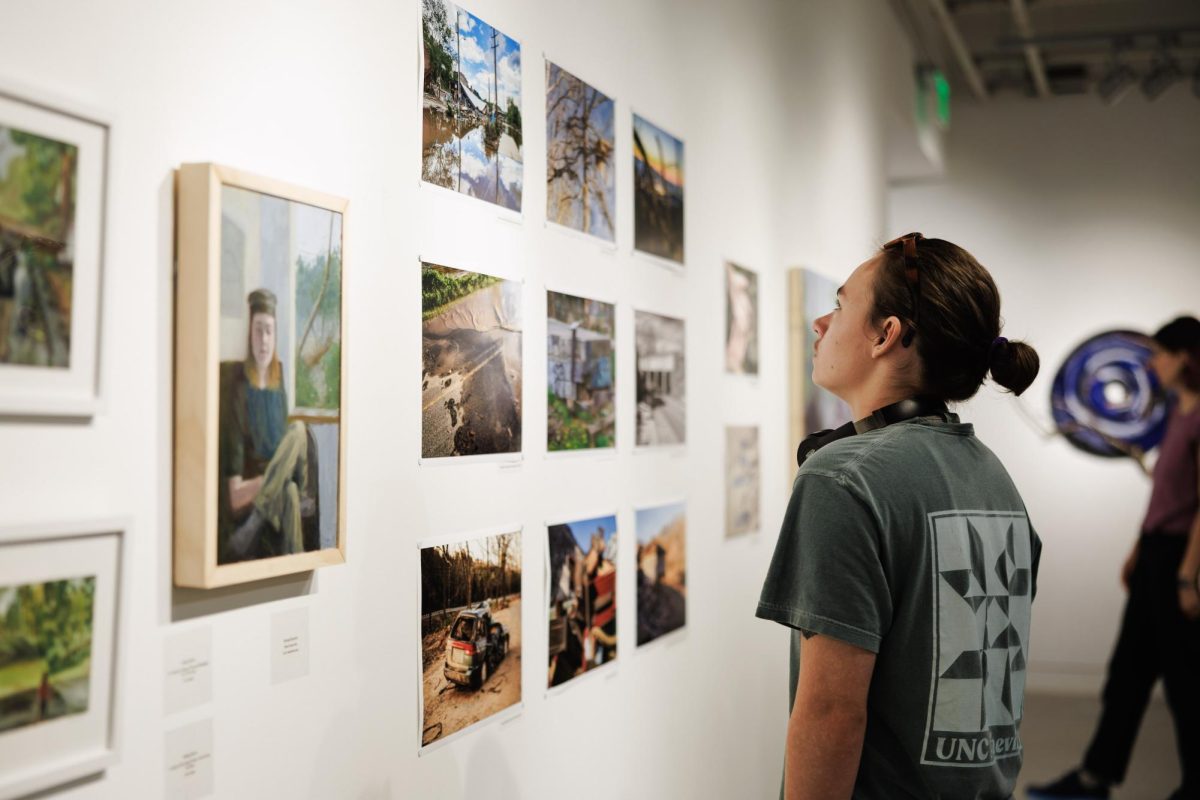
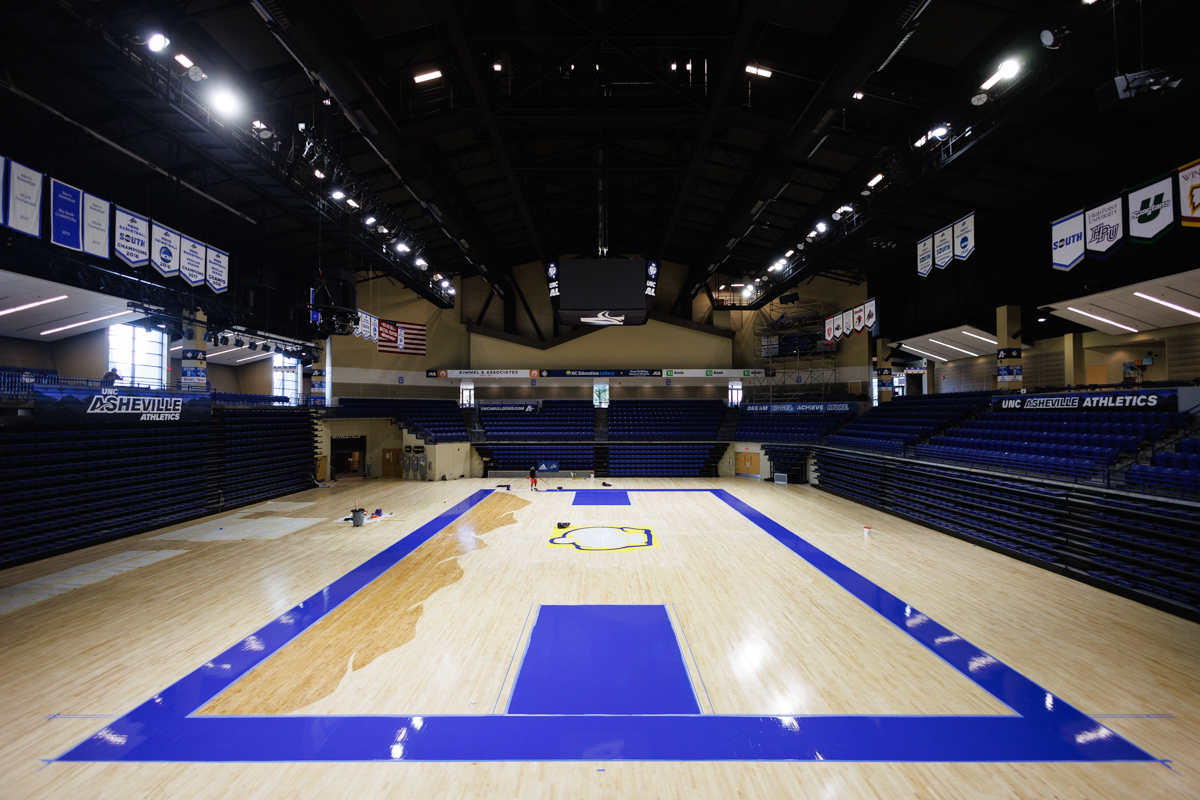
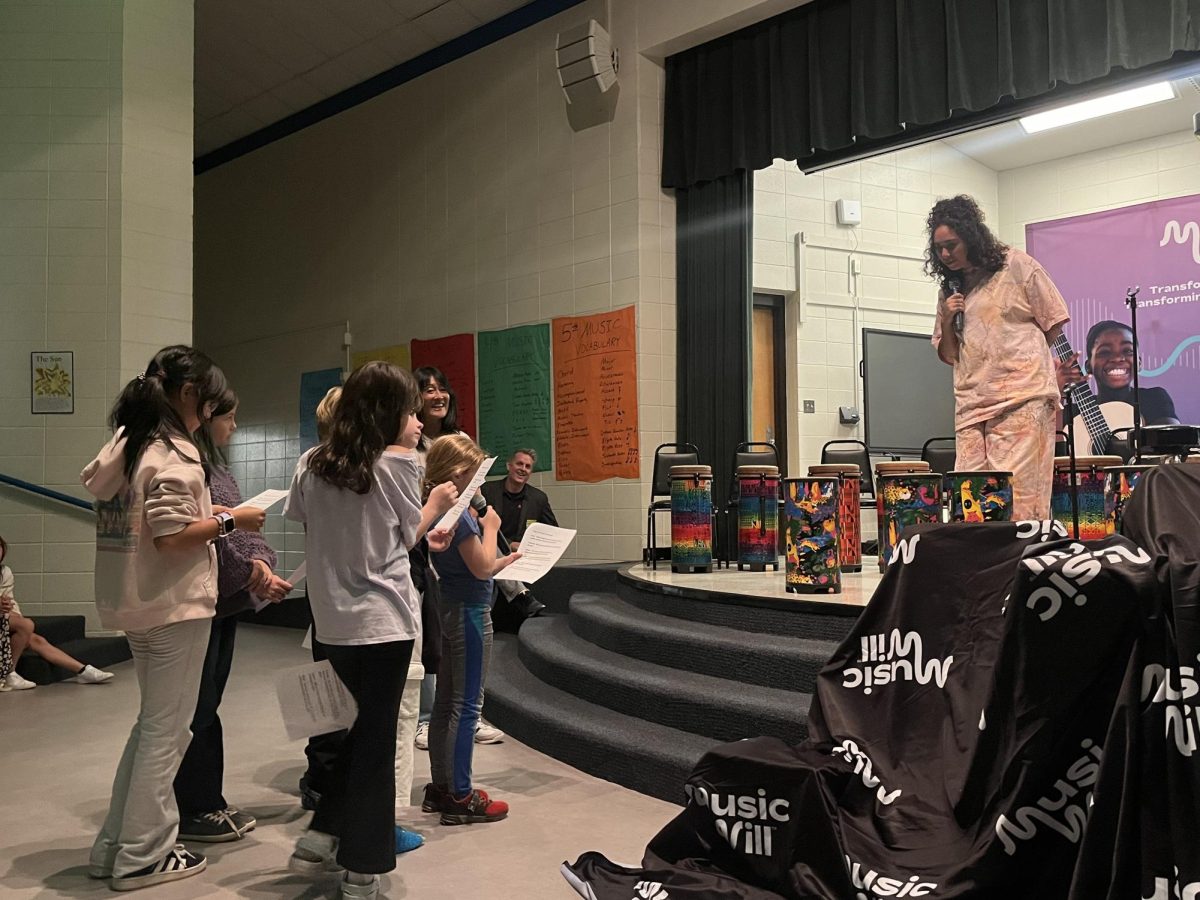
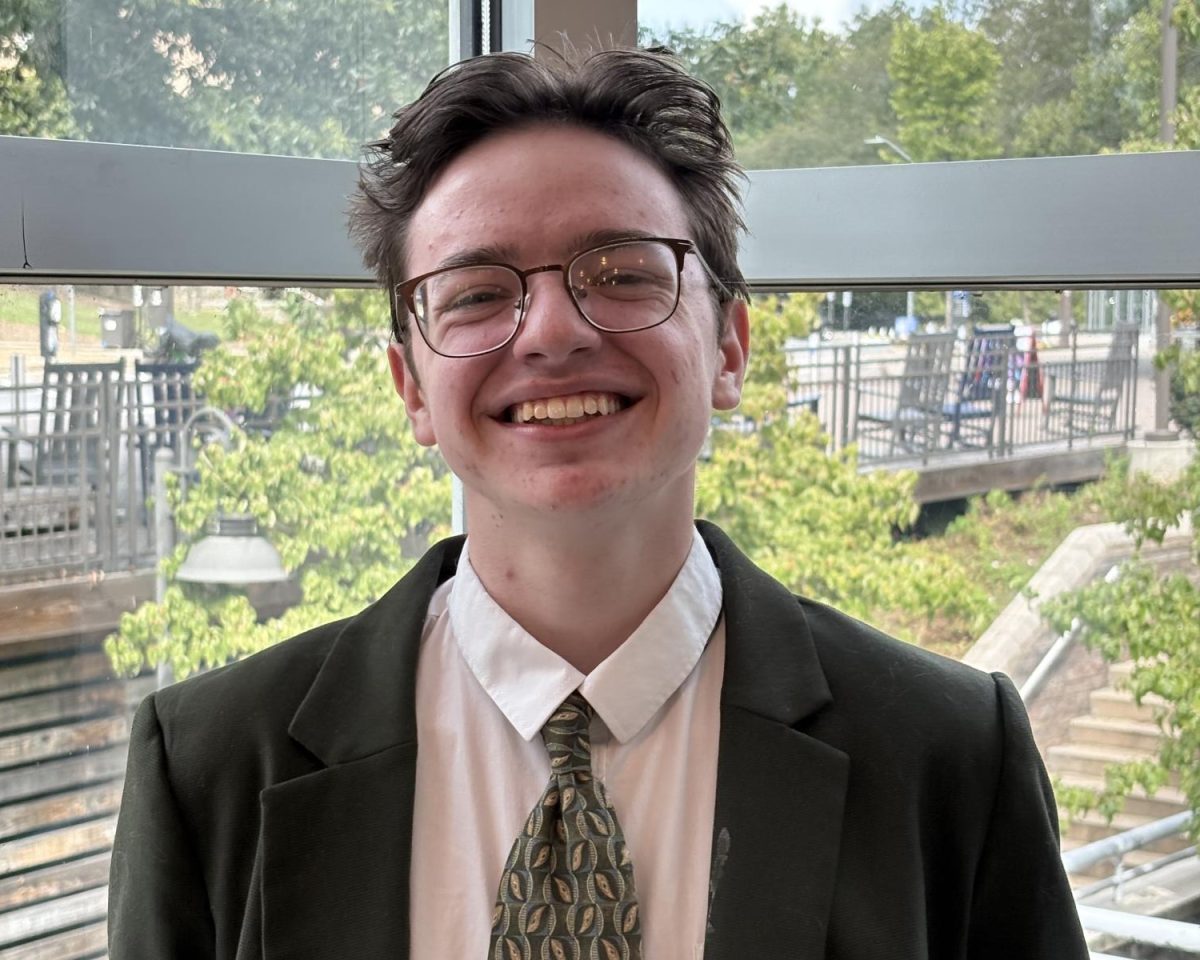
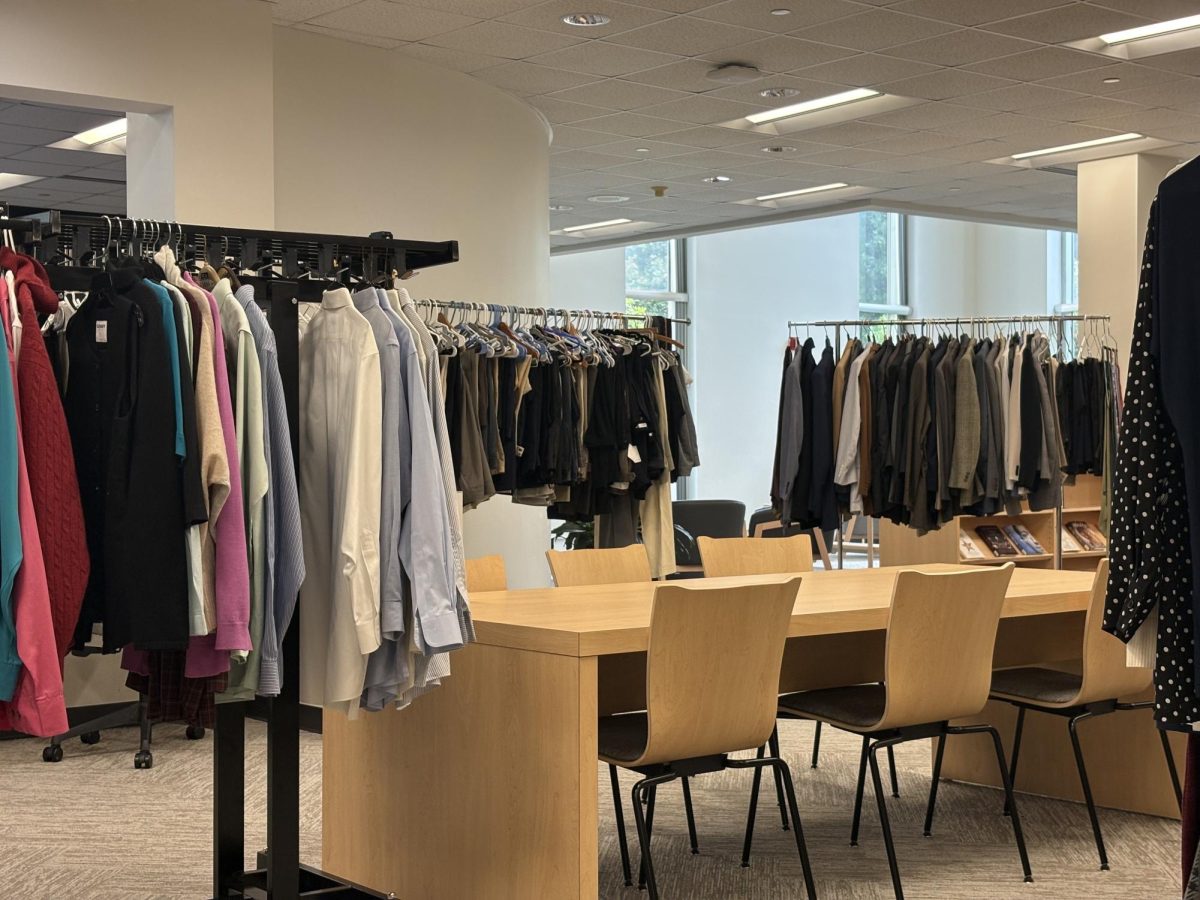
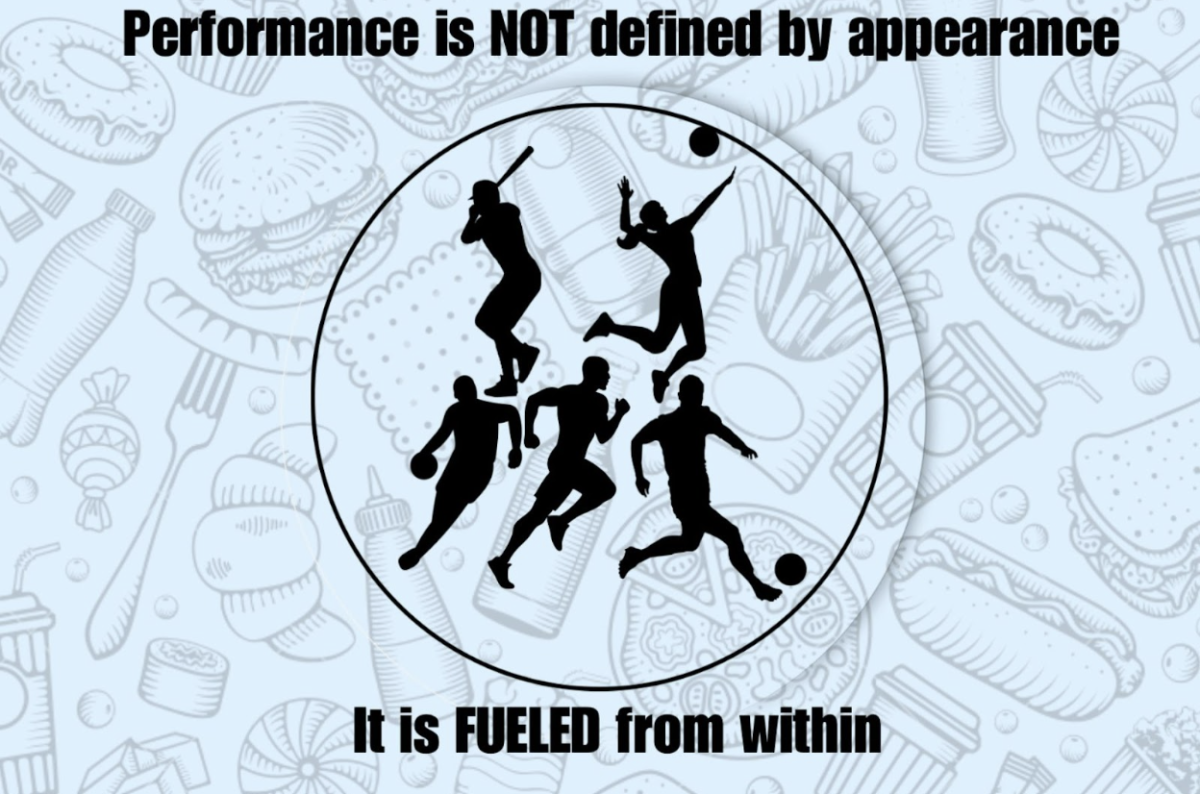
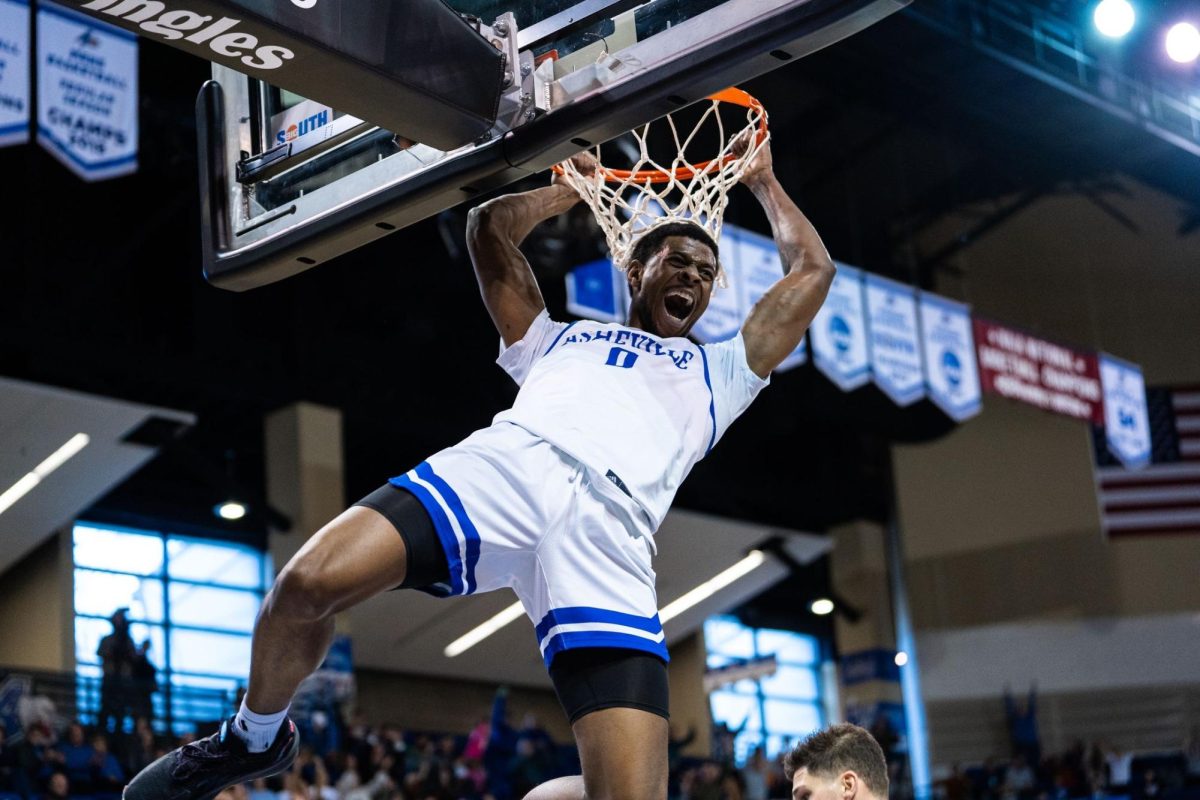
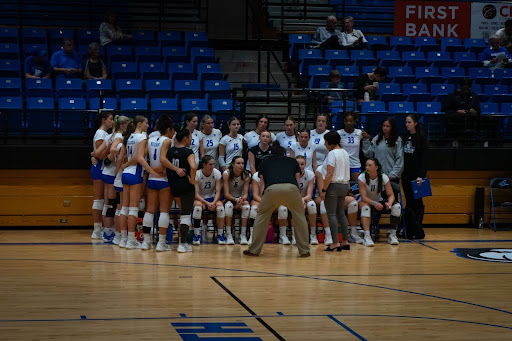
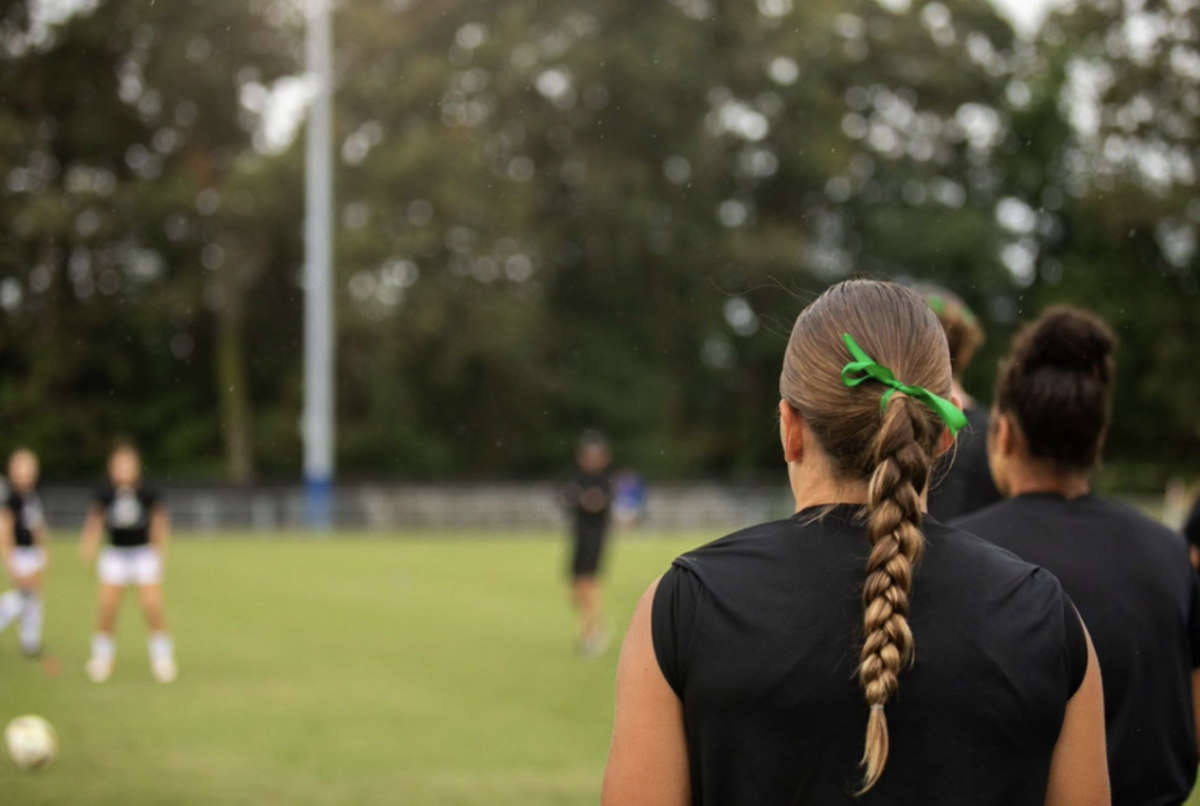
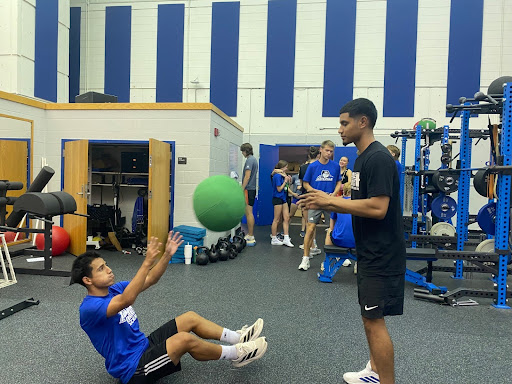





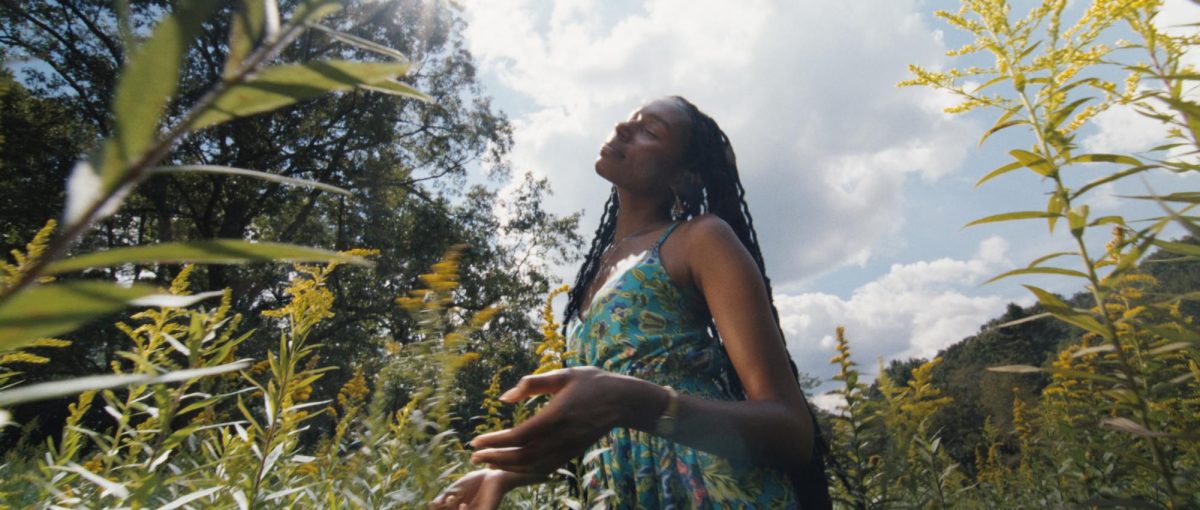
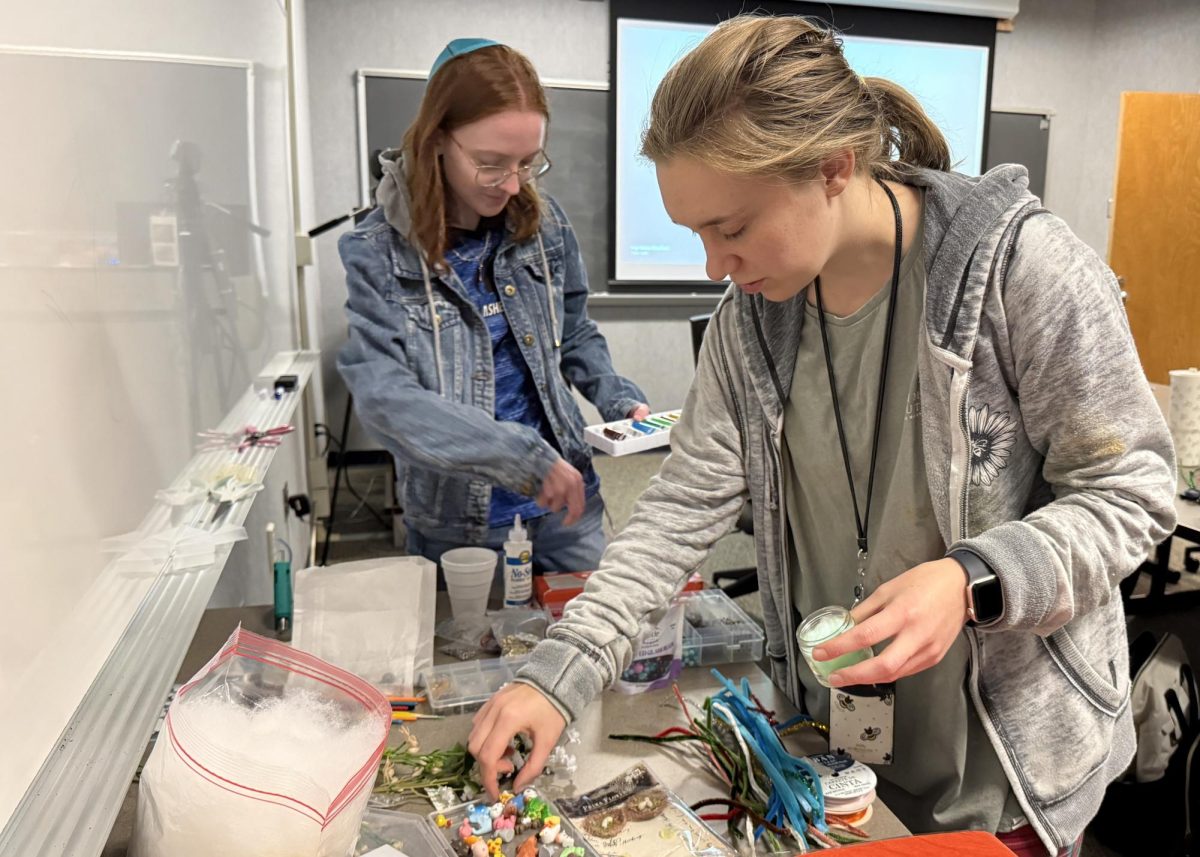
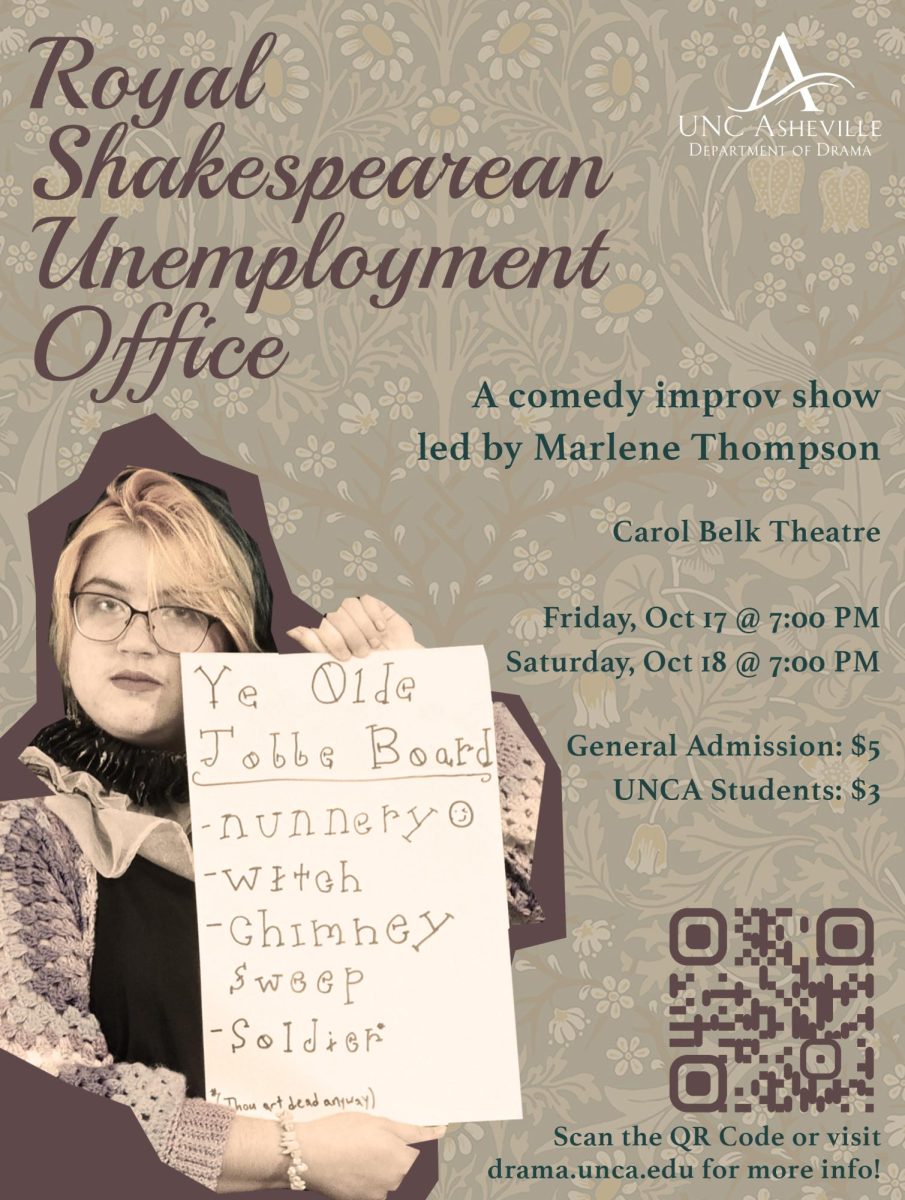
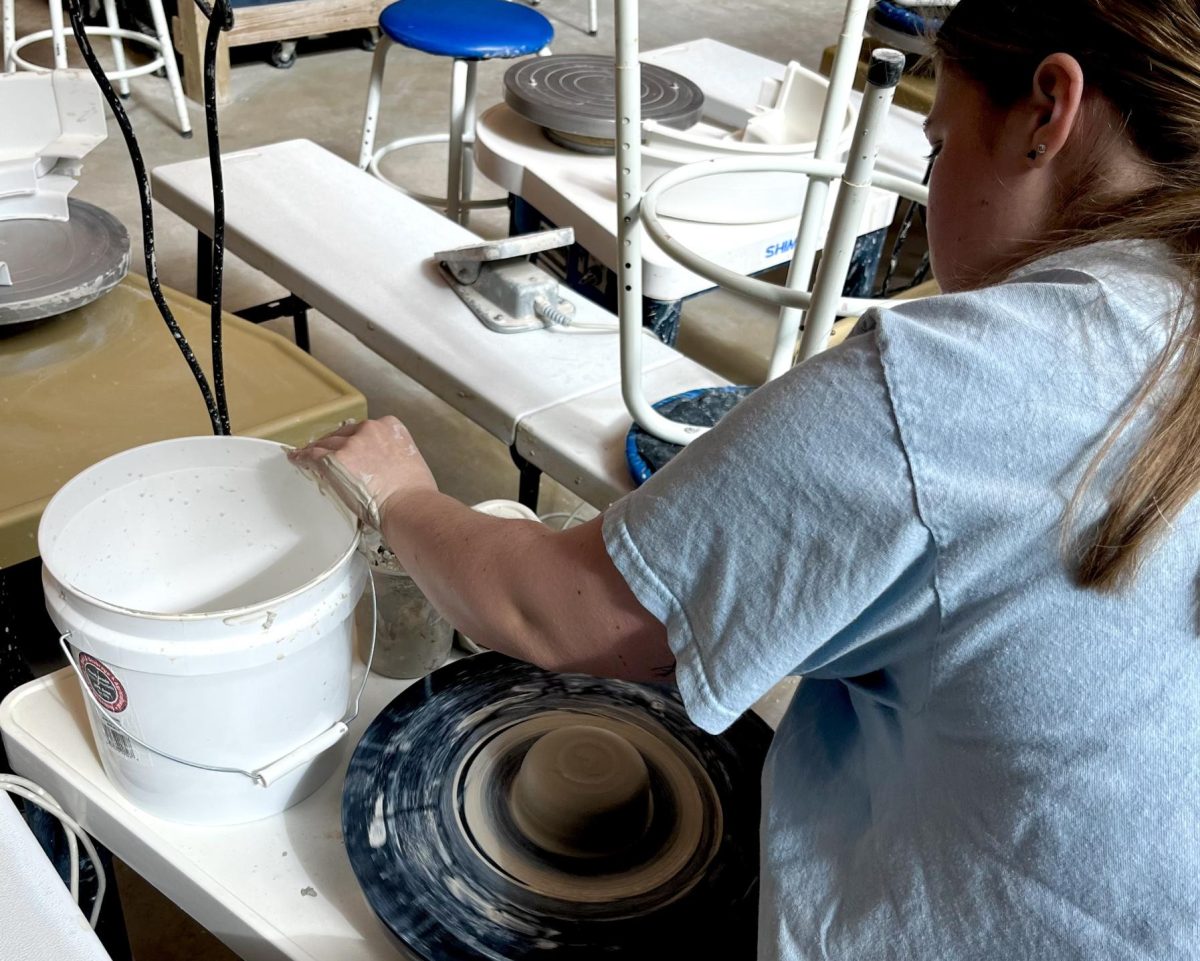
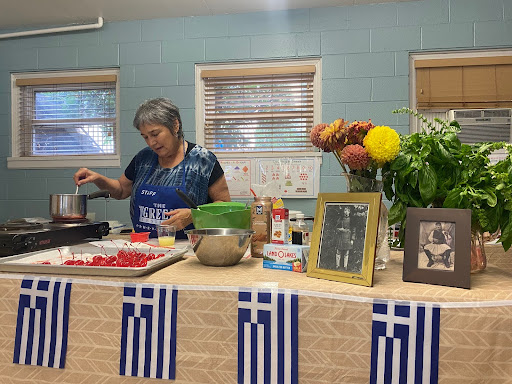

![Brooke Pedersen [second from the right] and Luis Reyes [right] hold banners during the Wrap The Woods event.](https://thebluebanner.net/wp-content/uploads/2025/09/ELIZABETH_PRITCHITT_IMG_3470-1200x804.jpg)